A solar eclipse can only occur on the new moon day, whereas a lunar eclipse can only happen on the full moon day.
- A solar eclipse happens when a new moon comes between the sun and the earth. A lunar eclipse happens when the earth comes between the sun and the moon.
Eclipses occur when the sun, earth, and moon align in direct line for a temporary time. Here in this article, you will know a lot of information about Solar and Lunar Eclipse 2023 with their Types. And the list of Solar Eclipse and Lunar Eclipse will happen in 2023.
Types of Eclipse
Mainly there are 2 Types of Eclipse; Solar Eclipse and Lunar Eclipse. Further, the solar eclipse has been divided into four types of eclipses whereas the lunar eclipse has been divided into three types of eclipse.
You can find them below with explanations:
1. Solar Eclipse – An eclipse of the sun.
A solar eclipse has 4 subtypes:
- Total Solar Eclipse
- Partial Solar Eclipse
- Annular Solar Eclipse
- Hybrid Solar Eclipse
2. Lunar Eclipse – An eclipse of the moon.
A lunar eclipse has 3 subtypes:
- Total Lunar Eclipse
- Partial Lunar Eclipse
- Penumbral Lunar Eclipse
Solar Eclipse
As we know our earth revolves around the sun in a definite orbit and the same as the moon revolves around the earth in an orbit. So Indirectly earth and moon both revolve around the sun. In this process sometimes the moon comes between the earth and the sun.
Then the shadow of the moon stops some or all of the sunlight which can be seen from the earth. Thus for a temporary time, we can not look at the sun from the earth and this phenomenon is called a solar eclipse.
We should not look at solar eclipse directly because it can harm our eyes. So, always wear proper and protective glass or project the eclipse image for looking at it directly.
- The shadow of the moon on the earth during a solar eclipse, and the shadow of the earth on the moon during a lunar eclipse can be divided into 3 parts:
The umbra–
In this region, an object is completely covered by the sun or light source. The umbra phenomenon happens in both cases, in a solar eclipse and a lunar eclipse.
The antumbra–
In this region, an object is completely in front of the sun but can not cover totally to another object because of its small size of it. Antumbra phenomenon does not happen in the case of the Lunar eclipse, because our earth is bigger than the moon.
The penumbra–
In this region, an object is partially covered by a light source or sun. This phenomenon also happens in both cases, in a solar eclipse and a lunar eclipse.
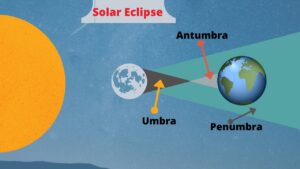
Total Solar Eclipse
A total solar eclipse occurs when the earth is within the umbra region of the moon. So the moon completely covers the light of the sun to fall on the earth.
Partial Solar Eclipse
The partial solar eclipse occurs when the earth is within the penumbra region of the moon and so the moon partially covers the sun.
Annular Solar Eclipse
When the earth is in the region of the antumbra of the moon, then the annular solar eclipse happens. Because of the smaller size of the moon, it comes in the center of the sun and we can see a solar disc or bright ring around the sun.
Hybrid Solar Eclipse
A hybrid solar eclipse is also known as a total/annular eclipse. It depends on the location of the earth. When a solar eclipse appears at a place on earth as a total solar eclipse, whereas at another place it looks like an annular solar eclipse, then this eclipse is called a hybrid solar eclipse.
Lunar Eclipse
The light of the sun makes the moon visible to us because the moon does not have its own rays of light.
When the sun’s light falls on the moon then it reflects the light on the earth. But sometimes the earth comes between the sun and the moon. Then the sun’s light can not reach the surface of the moon because of the shadow of the earth.
In this way, the surface of the moon does not reflect any light on the earth. So we can not see the moon for that particular time. This phenomenon is called the lunar eclipse.
Unlike the solar eclipse, we can look at the lunar eclipse without using any special glasses for protecting our eyes.
Total Lunar Eclipse
When the umbra region of the earth completely covers the moon and we can only see the dark part of the moon, then a total lunar eclipse happens.
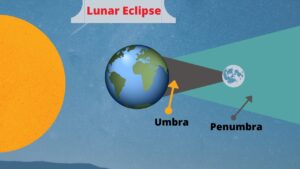
Partial Lunar Eclipse
This lunar eclipse happens when the moon passes partially through the umbra region of the earth while orbiting around the earth.
Penumbral Lunar Eclipse
When the moon travels through the penumbra region of the earth’s shadow then the penumbral lunar eclipse happens.
These were the explanation about what is a solar eclipse and lunar eclipse and their types.
Below you can find other important information regarding solar and lunar eclipses. Such as current eclipses, the next solar eclipse, the next lunar eclipse, and all other informative facts.
- Astronomers have determined that in 10 years on average 24 solar eclipses and 15 lunar eclipses happen. In a year at least 2-5 solar eclipses should happen and 0-3 lunar eclipses can occur.
The solar system planets and the dwarf planets with moons have eclipses. Those planets which have many moons shows frequent eclipse phenomenon. The planet Mercury and planet Venus do not have any moon, therefore these planets do not show any solar eclipse or lunar eclipse.
List of the solar eclipse and lunar eclipse
In the 21st century, there will be 224 solar eclipses and 230 lunar eclipses.
The number of the solar eclipse from 2001 to 2100:
- Total Solar Eclipse- 68
- Partial Solar Eclipse- 77
- Annular Solar Eclipse- 72
- Hybrid Solar Eclipse- 7
The number of the lunar eclipse from 2001 to 2100:
- Total Lunar Eclipse- 85
- Partial Lunar Eclipse- 58
- Penumbral Lunar Eclipse- 87
Here you can find the next solar eclipse, the next lunar eclipse, or upcoming eclipses. This article gets updated so find here eclipses in 2023. There will be two solar eclipses and two lunar eclipses in 2023. Check the date below:-
Solar eclipse in 2023
- 20 April 2023 – Total solar eclipse
- 14 October 2023 – Annular solar eclipse
Lunar eclipse in 2023
- 05 May 2023 – Penumbral lunar eclipse
- 28 October 2023 – Partial lunar eclipse
So, this was the information about the solar and lunar eclipses in 2023.
In 2023 two solar eclipses will happen. One is a total solar eclipse and the another is an annular solar eclipse.
And also two lunar eclipses will be shown in 2023. One is the Penumbral lunar eclipse and another is the Partial lunar eclipse. The time zone may vary according to global location.
Check Also:
- 21 Most Astonishing Facts About Space
- All About the Biggest Star Stephenson 2-18
- Space Quiz for Kids with Answers {2023}
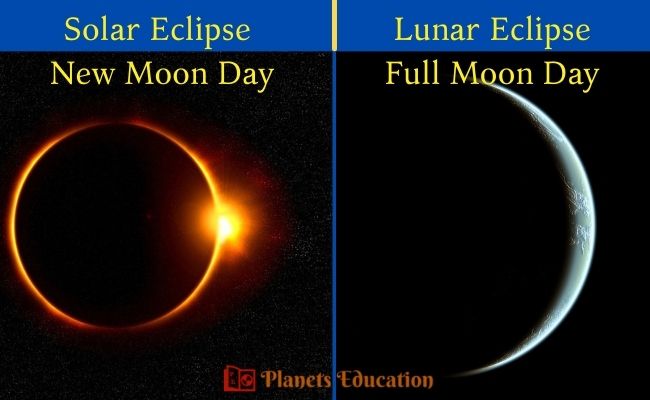
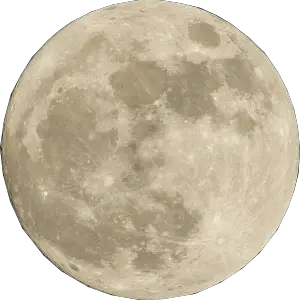
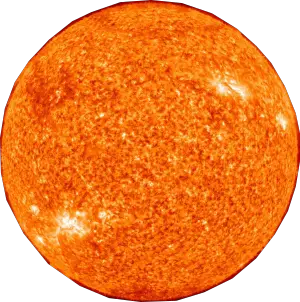
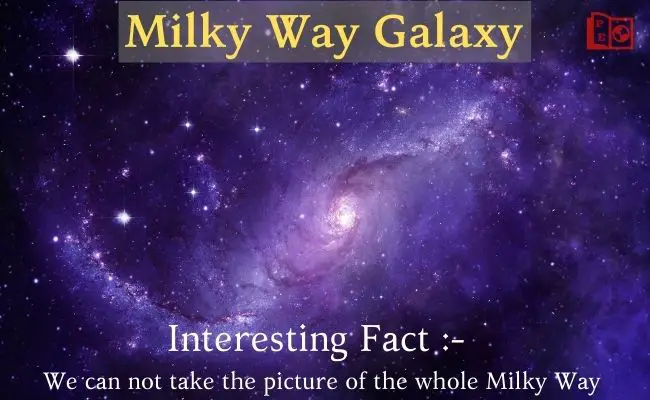
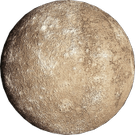



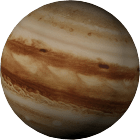
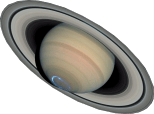



Like!! Really appreciate you sharing this blog post.Really thank you! Keep writing.
Comments are closed.